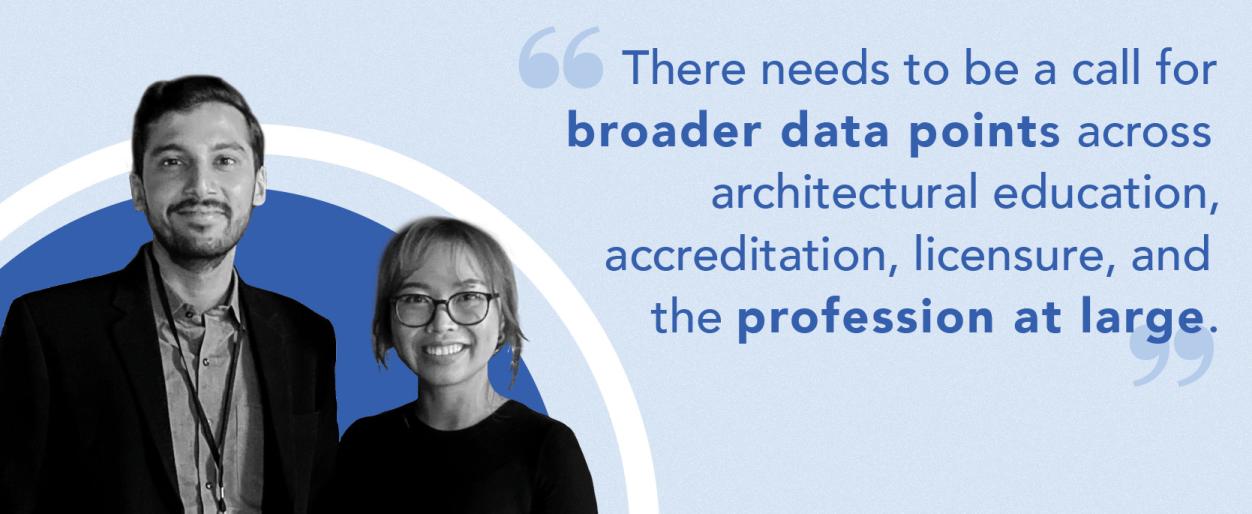Reflections on the 51st Annual NOMA Conference
As Pickard Chilton continues to pursue a more diverse and equitable environment for ourselves and our profession, we selected two individuals to attend the annual NOMA National Conference. Deep Chaniara and Mary Le were sponsored to represent the studio at the 51st NOMA National Conference: "Unplugged." Upon their return, Mary and Deep wrote about their experiences at the conference.
Originally published in NOMA Connecticut's Intersections in the 2022 Q4 newsletter, we will release Deep and Mary's reflections in a three-part series.
Introduction
With the highest attendance to date, NOMA’s 51st Annual Conference took place in-person in Nashville, Tennessee from October 26-30th 2022. The post-pandemic theme of “Unplugged” was a direct response to previous years of being in constant isolation indoors, on zoom calls, and the lack of human connection. This year, over 1000 designers gathered to celebrate success stories, lessons learned, and share experiences of being a person of color in the profession.
This article is framed around five fundamental elements - People, Practice, Change, Resources, and Partnership. For each element, we further outline our cumulative reflections based on sessions we attended at the conference.
Finding My People
Where Are My People is a research series on how architecture interacts with race, what it means to navigate architecture as an ethnicity in America, and how ignored systems and histories perpetuate the problem of racial inequity. Kendall Nicholson, ACSA Director of Research and Information, conducted this study to ask what aspects of the profession of architecture are valued by certain groups, and which are not. The groups in the study included:
Hispanic and Latinx
Asian American and Pacific Islander
Native, First Nations and Indigenous
MENA
Black
To preface, there are many ethnic groups who were not part of this research series because of the limited data and access around these marginalized groups. Hence the accumulated data does not fully reflect the societal scenario. As a first step, there needs to be a call for broader data points across architectural education, accreditation, licensure, and the profession at large. We must establish a basis of data in order to measure progress in the future.
Because of damaged-centered counter narratives, there is an emphasis on the conflict between being identified by others and how one identifies themself. The idea of being racially categorized has skewed the perception of the various existing ethnic groups. A relevant example of this concept occurs in the U.S. Census. There is a trend to only be able to choose to identify as the more major ethnicity, but no ability to choose a minor one. A reconciliation of racial identity, the results from the U.S. Census can only rely upon data initially collected and input. In other words, the limitation of this research self-identifies individuals before we are able to self-identify ourselves. Not only is this an extrapolated injustice, but the limitation of choices does also not allow for the accounting of others’ life experiences. Our race is constantly being defined by others. However, we do not choose our race – we are our race.
Read the rest of this series: Cultivating Care and Equitable Places and Making Impactful Changes

